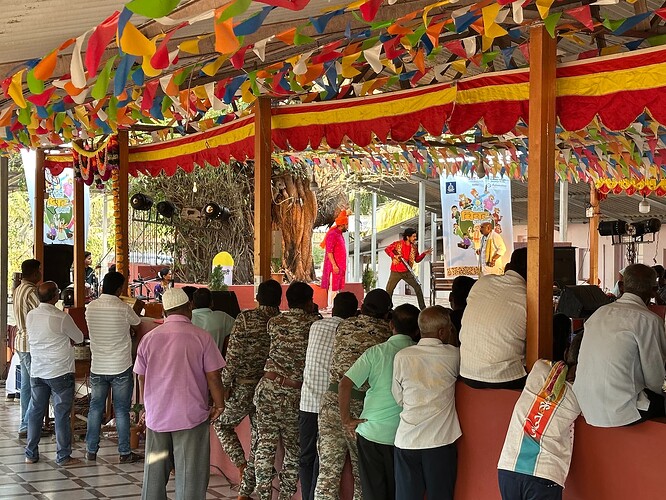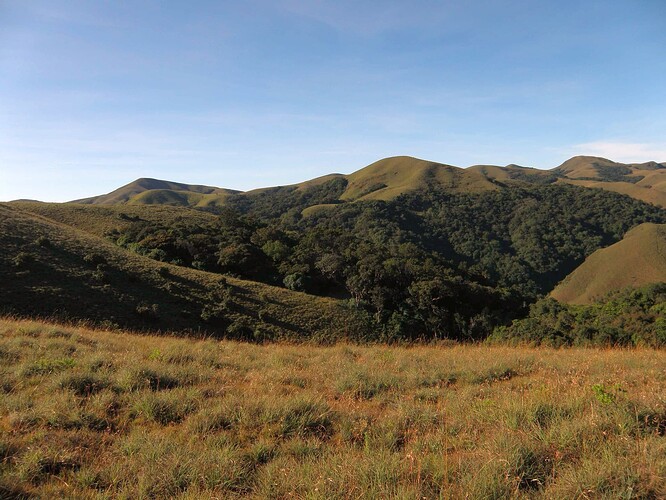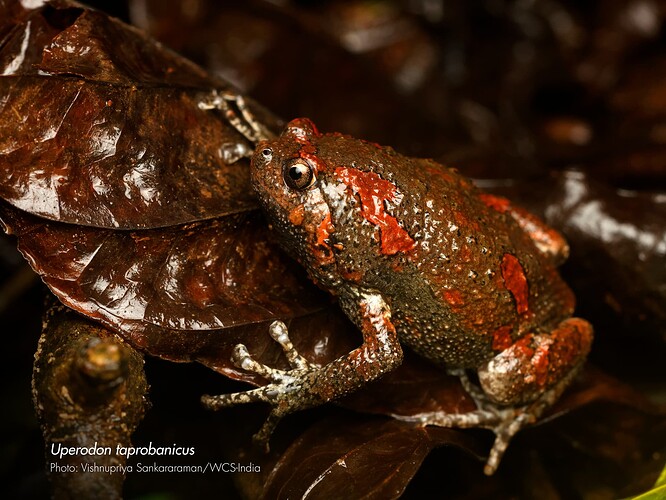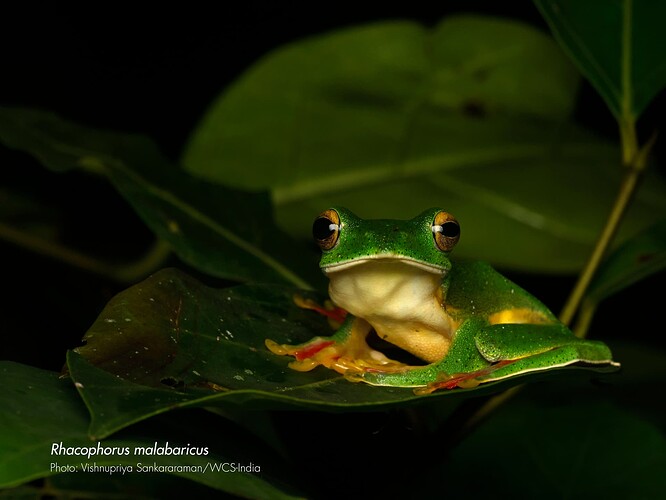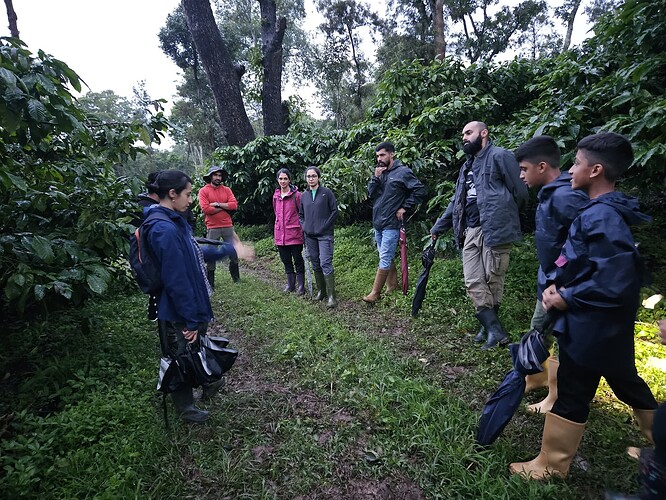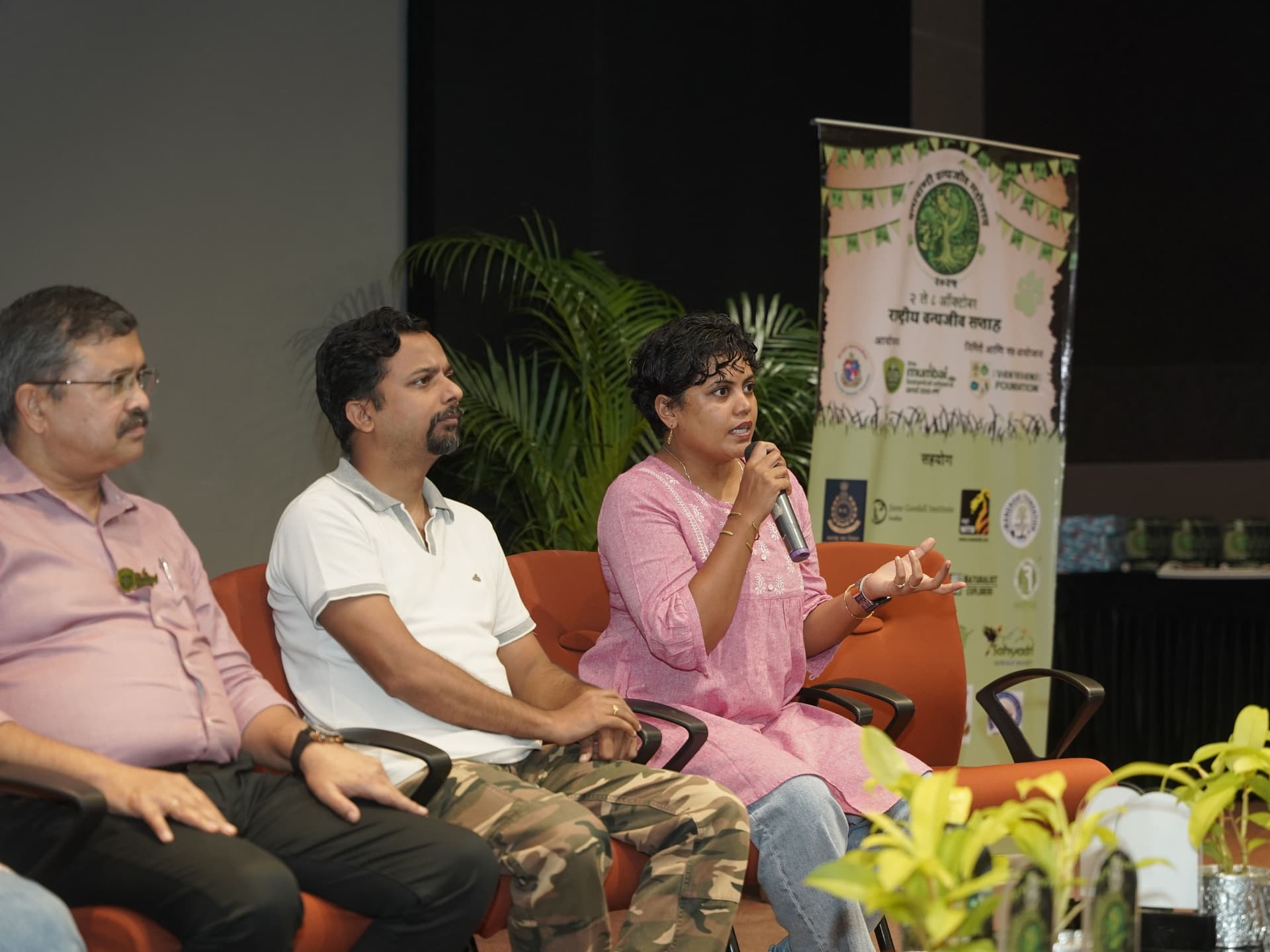The Collaborations for Conservation initiative at WCS-India, supported by the Rainmatter Foundation, aims to strengthen multi-stakeholder collaboration to address conservation challenges. Building on our research and field experience, the project emphasises a participatory, dialogue-driven approach to conservation. By engaging policymakers, conservation practitioners, researchers, and local communities, we seek to facilitate informed decision-making and proactive conservation interventions. By promoting collaborations and increasing awareness of the ecological and social dimensions, the project aspires to build a well-informed and cooperative network that contributes to sustainable conservation efforts.
Performance of the play - Sangeet Bibat Aakhyan in a temple courtyard in Kelavali village, Rajapur, Ratnagiri
Enhancing Human-Wildlife Coexistence
Over the past few months, we have been working to establish meaningful collaborations where humans and wildlife share space. In Ratnagiri, Maharashtra, the Forest Department has been managing frequent human-leopard interactions. On their request, we collaborated to organise an innovative awareness initiative—a performance of Sangeet Bibat Aakhyan, a Marathi musical that blends traditional folk music, storytelling, and satire to creatively address human-leopard coexistence. Directed by Makarand Sawant and performed by a talented cast, the play is part of the Vanyavani movement by Seetai Creations. It presents research-driven insights in an engaging, immersive format, sparking meaningful conversations about human-leopard interactions while making complex issues more accessible to the community. This musical play has opened new avenues for using art and culture as tools for conservation awareness.
Cast and crew of the play at Maral, Marleshwar in Ratnagiri with ACF Priyanka Lagad, RFO Prakash Sutar and Ratnagiri Forest Department staff
Restoring Cloud Forest Habitats in the Upper Nilgiris
In the Upper Nilgiris in the Western Ghats, our efforts aim to build partnerships for restoring the unique and globally threatened cloud forest habitats; and improve connectivity of wildlife habitats. Over the last century, the native vegetation has been replaced by exotic species of trees, shrubs and herbs, some of which have proven to be highly invasive. In the last two decades Cestrum aurantiacum, one such exotic invasive shrub from Central America has been spreading from tea plantation areas at an alarming rate. Studies indicate that it has displaced native understorey plants like Psychotria and Lasianthus species while also disrupting the regeneration of native shola trees.
Cestrum aurantiacum flowers and fruits
Our work aims at facilitating the removal of Cestrum and the restoration of key habitat corridors for wildlife. The project will build collaborations with the forest department, NGOs that have expertise in invasive removal and restoration of native plants and local landowners to sustainably manage invasive species removal and restoration of shola forests. We aim to create a high-resolution map of the intensity of Cestrum invasion across the region using field surveys and remote sensing tools to identify priority areas for removal.
Shola forest understorey invaded by C. aurantiacum
Our goal is to restore the shola habitats in critical wildlife movement corridors, increase awareness among key stakeholders and establish systems by which local stakeholders can collaborate to remove invasive species in a crucial high biodiversity region of the Western Ghats.
